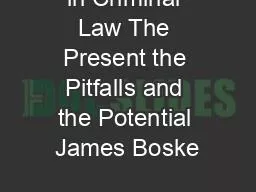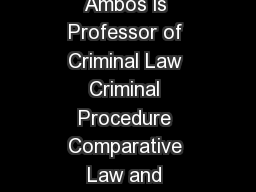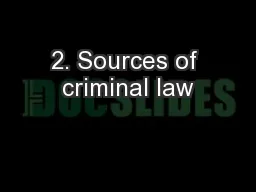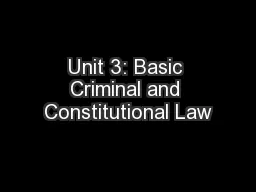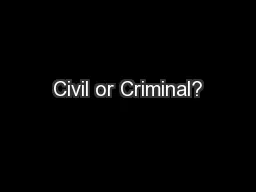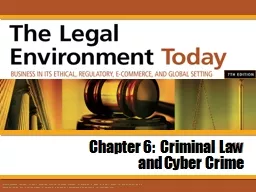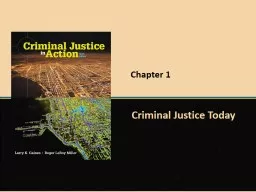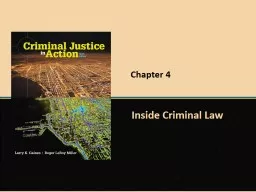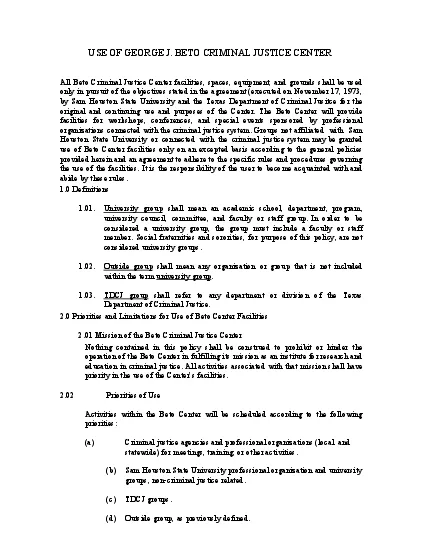PDF-in Criminal Law The Present the Pitfalls and the Potential James Boske
Author : naomi | Published Date : 2021-10-01
1Mediation as a method of dispute resolution has acquired a promising track record in the more than twothirds or 63 of 94 of the federal district courts offered
Presentation Embed Code
Download Presentation
Download Presentation The PPT/PDF document "in Criminal Law The Present the Pitfalls..." is the property of its rightful owner. Permission is granted to download and print the materials on this website for personal, non-commercial use only, and to display it on your personal computer provided you do not modify the materials and that you retain all copyright notices contained in the materials. By downloading content from our website, you accept the terms of this agreement.
in Criminal Law The Present the Pitfalls and the Potential James Boske: Transcript
Download Rules Of Document
"in Criminal Law The Present the Pitfalls and the Potential James Boske"The content belongs to its owner. You may download and print it for personal use, without modification, and keep all copyright notices. By downloading, you agree to these terms.
Related Documents

